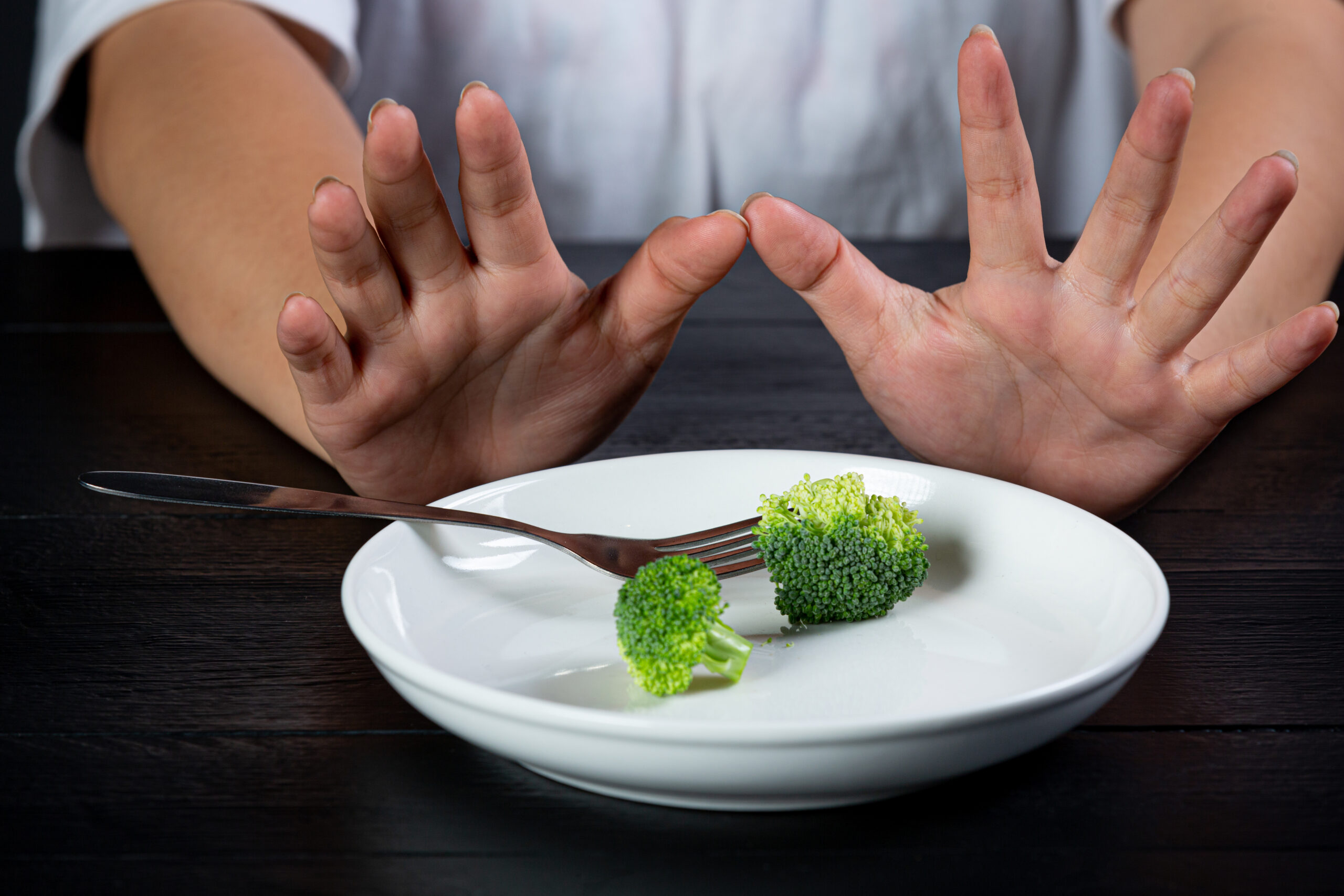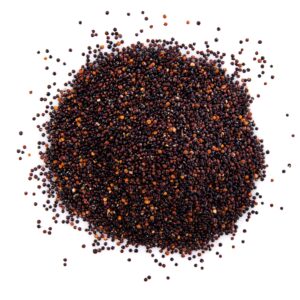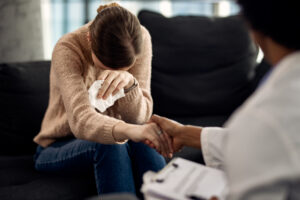Did you know that the WHO estimates foodborne illness affects 600 million people each year? Most people think “poisonous food” means wild mushrooms or snake venom. Here’s the shocking truth. Some common kitchen foods can turn toxic under the wrong conditions.
That’s not just a faraway issue — it could be the rice on your stove, the potatoes in your basket, or the beans in your pantry. Everyday meals, if mishandled, may quietly harm your health.
This isn’t meant to scare you — it’s meant to empower you. Understand how, why and when certain foods become harmful. Then make safer choices for yourself and your family.
Let’s uncover these secrets together.
Table of Contents
What Does “Poisonous Food” Really Mean?
When you hear poisonous food, you may picture exotic berries in a forest. In reality, poisonous food often refers to:
- Everyday items that carry natural toxins
- Foods that spoil or change chemically when stored wrong
- Ingredients safe in small amounts but harmful when eaten too much
Think of it like fire. Fire cooks your meal and keeps you warm. In the wrong place, it can burn a house down. Food works the same way.
Hidden Sources You Don’t Expect
Some food dangers don’t come from the food itself but from what touches it. Old cooking oil can release harmful compounds. Plastic containers, when microwaved, may leach chemicals into food. Even canned goods stored for too long can build up toxins.
Other hidden risks include:
- Reusing aluminum foil multiple times, especially with acidic foods, which may cause aluminum to leach into meals.
- Overheated non-stick pans (like Teflon) that can release toxic fumes if left on high heat.
This shows poisonous food is not always an ingredient problem. Sometimes the risk comes from packaging, cookware, or handling.
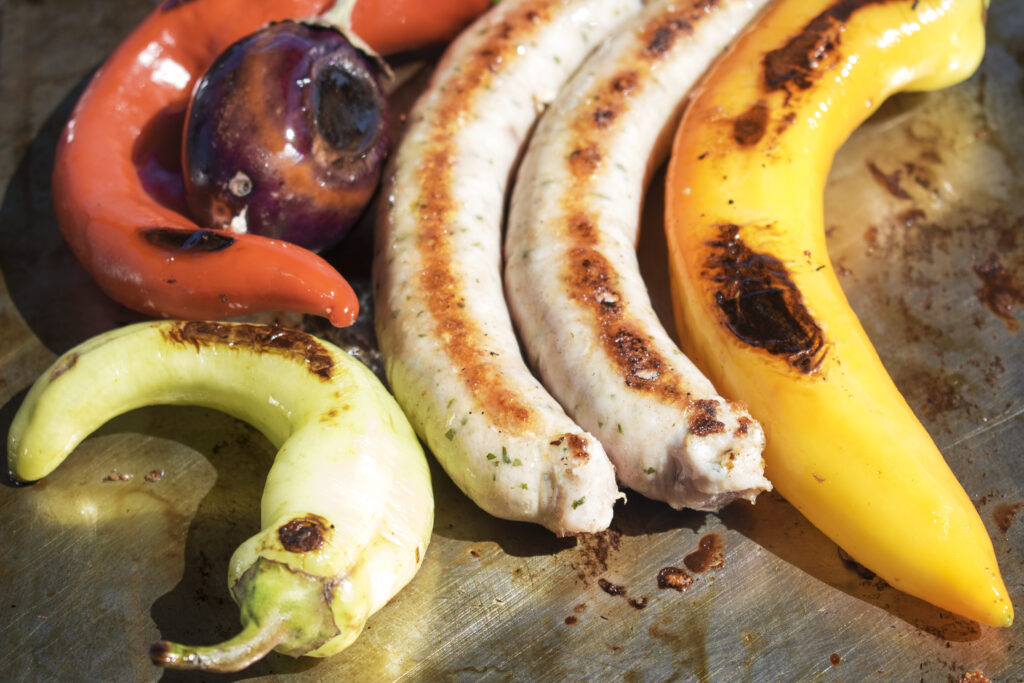
Also Read : Cumin Benefits
Common Foods That Can Turn Poisonous
You’ll be surprised at how many familiar items have a hidden side.
Potatoes and Their Green Skin
Red Kidney Beans
These beans are healthy only when cooked properly. Red kidney beans that aren’t fully cooked have a toxin called phytohaemagglutinin. This toxin can cause severe stomach pain and vomiting. Soak them overnight and boil well before eating.
Cassava (Tapioca Root)
Apple Seeds and Cherry Pits
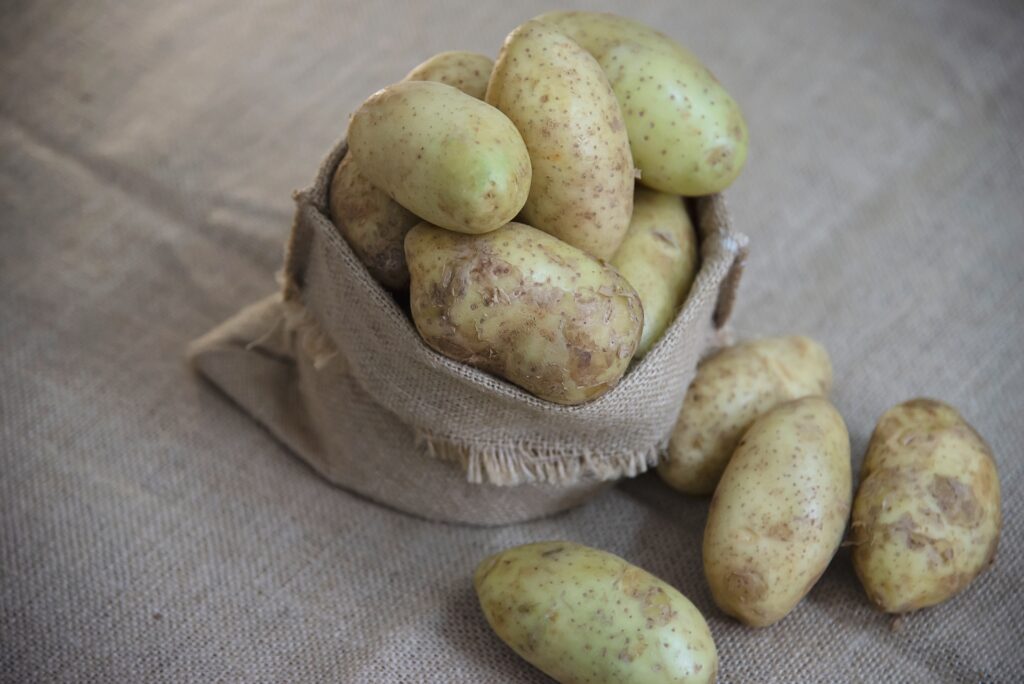
Also Read : Walk More
When Safe Food Becomes Poisonous Food
Reheated Rice
Cooked rice left at room temperature can grow Bacillus cereus bacteria. Reheating doesn’t kill its toxins, which may cause food poisoning. Make sure to refrigerate rice no later than an hour after cooking.
Leftover Potatoes
Similar to rice, cooked potatoes left out too long can host dangerous bacteria. Don’t let them sit overnight on the counter.
Mushrooms
Also Read : Sugar-Free Life
Why Quantity Matters in Poisonous Food
Dose makes the poison. For example:
- Nutmeg adds flavor in tiny amounts, but large doses can cause hallucinations.
- Tuna provides protein, but too much may load your body with mercury.
- Spinach is healthy, yet high amounts of oxalates can lead to kidney stones.
Think about coffee. A cup or two of coffee boosts energy. Drinking very large amounts can overload your system and cause jitters or heart trouble.
Even water, the most essential drink, becomes dangerous if consumed in extreme amounts.
This shows that poisonous food isn’t always about “bad” items — sometimes it’s about balance and respecting limits.
So it’s not just what you eat, but also how much.
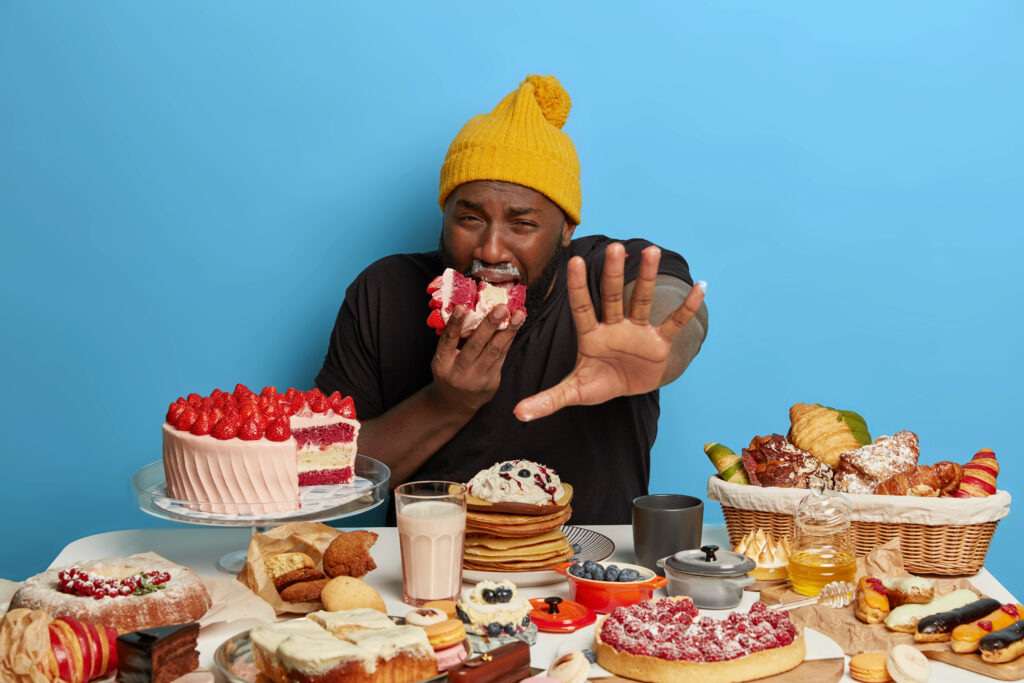
Also Read : Scrolling Overload
Simple Tips to Avoid Poisonous Food at Home
You don’t need to fear your meals. A few mindful habits go a long way:
- Store smart: Keep potatoes and onions in cool, dry, dark places.
- Cook fully: Beans, cassava, and meats need proper cooking.
- Mind the fridge: Cool leftovers quickly and use within two days.
- Check freshness: Smell, color, and texture reveal if food is spoiled.
- Rotate stock: First in, first out — use older items before new ones.
Think of your kitchen as a small laboratory. The way you store and prepare food can decide whether it heals or harms.
Also Read : Hypertension Fix
Poisonous Food in Daily Life: Real Examples
Imagine you come home tired and warm up last night’s rice. It tastes fine, but within hours you feel sick — that’s poisonous food in action.
Say you crave beans. If you toss them straight into a slow cooker without boiling, they may still be unsafe. A few bites later, you face cramps and nausea.
These aren’t rare cases. They happen around the world every single day. Awareness is your strongest shield.
Also Read : Diabetes
How to Teach Kids About Poisonous Food
Children are naturally curious, and they may grab berries or seeds without knowing the risks. Here’s how to guide them:
- Tell simple stories about “good food” and “bad food.”
- Show them green potatoes or spoiled bread as real-life examples.
- Encourage them to ask before tasting anything new.
This way, they’ll see food safety not as a rule, but as a skill.
Also Read : Joint Pain Hack
The Bright Side: Safe and Joyful Eating
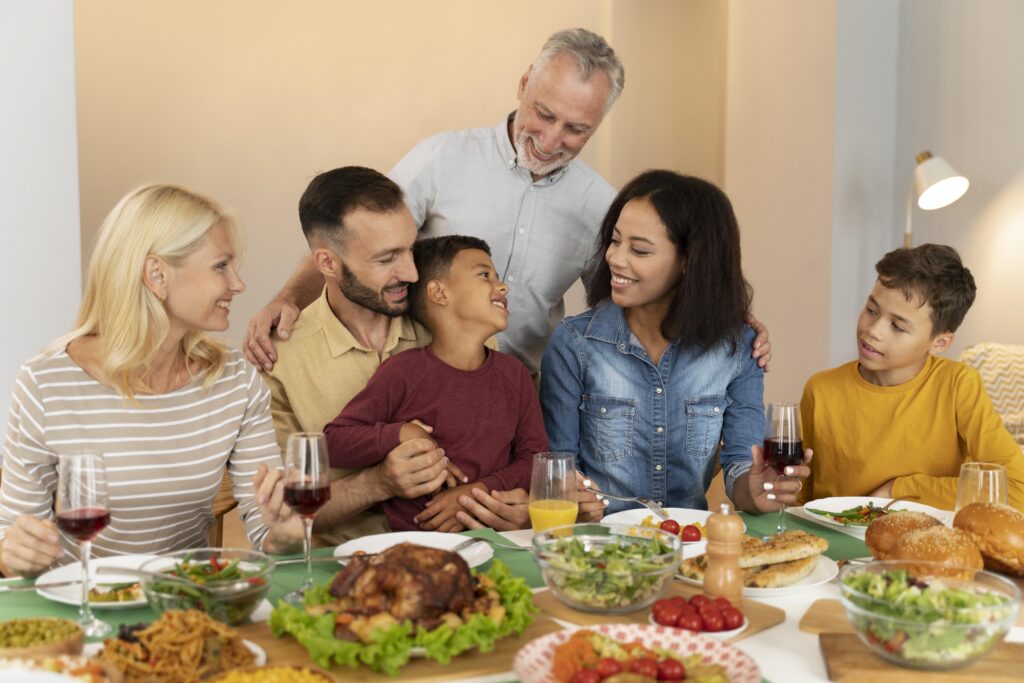
Also Read : Obesity
Frequently Asked Questions about Poisonous Food
Are all poisonous foods deadly?
No. Most poisonous foods only cause harm if eaten in large amounts or prepared wrong. Death from common foods is very rare.
Can I eat apple seeds by mistake?
Yes, swallowing a few seeds is harmless. Toxic effects appear only in large quantities.
How do I know if beans are safe or poisonous food?
Soak them overnight and boil for at least 10 minutes. Slow cookers alone aren’t enough.
What’s the safest way to store leftovers?
Cool them quickly, refrigerate within two hours, and eat within two days.
Can freezing food kill toxins?
No. Freezing stops bacteria from growing but does not destroy toxins that may already be present. Always handle food safely before freezing.
Also Read : How to Improve Your Eyesight
Closing Thoughts
Your food has two sides — one that nourishes, and one that may harm if ignored. Knowing these poisonous food secrets protects your health. You can still enjoy every bite.
Awareness doesn’t limit your meals — it enriches them. You cook with confidence, pass knowledge to kids, and still enjoy favorite family recipes. Safety becomes a natural habit, letting culture, taste, and health go hand in hand.
Next time you’re in the kitchen, smile. You know these poisonous food facts — and you can keep your meals safe.
Safe eating isn’t about fear — it’s about freedom. When you know the truth, every meal becomes a joyful choice.
Also Read : Hair Guide

